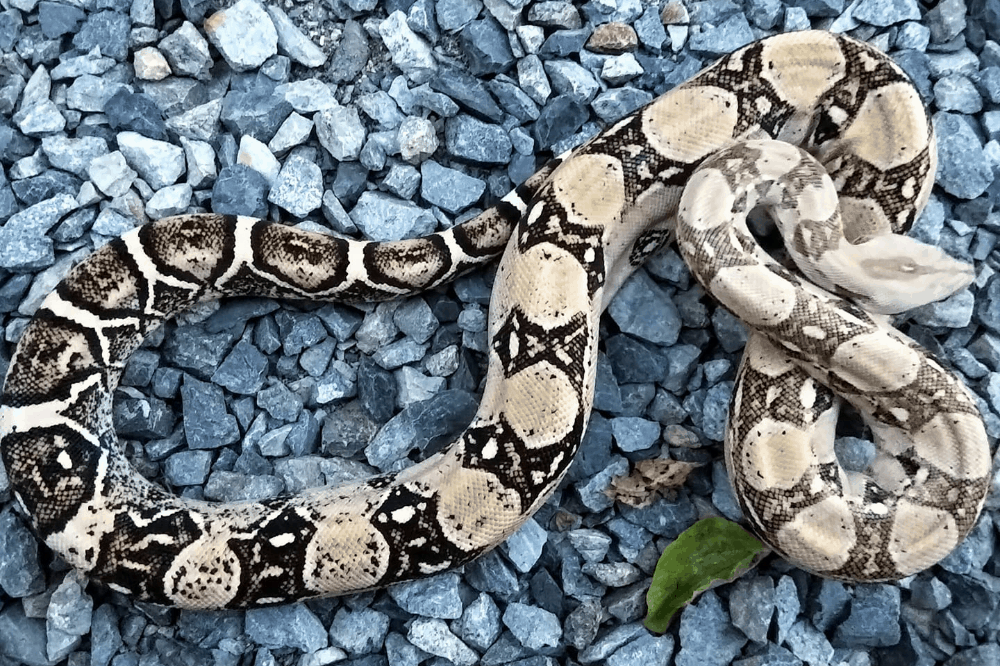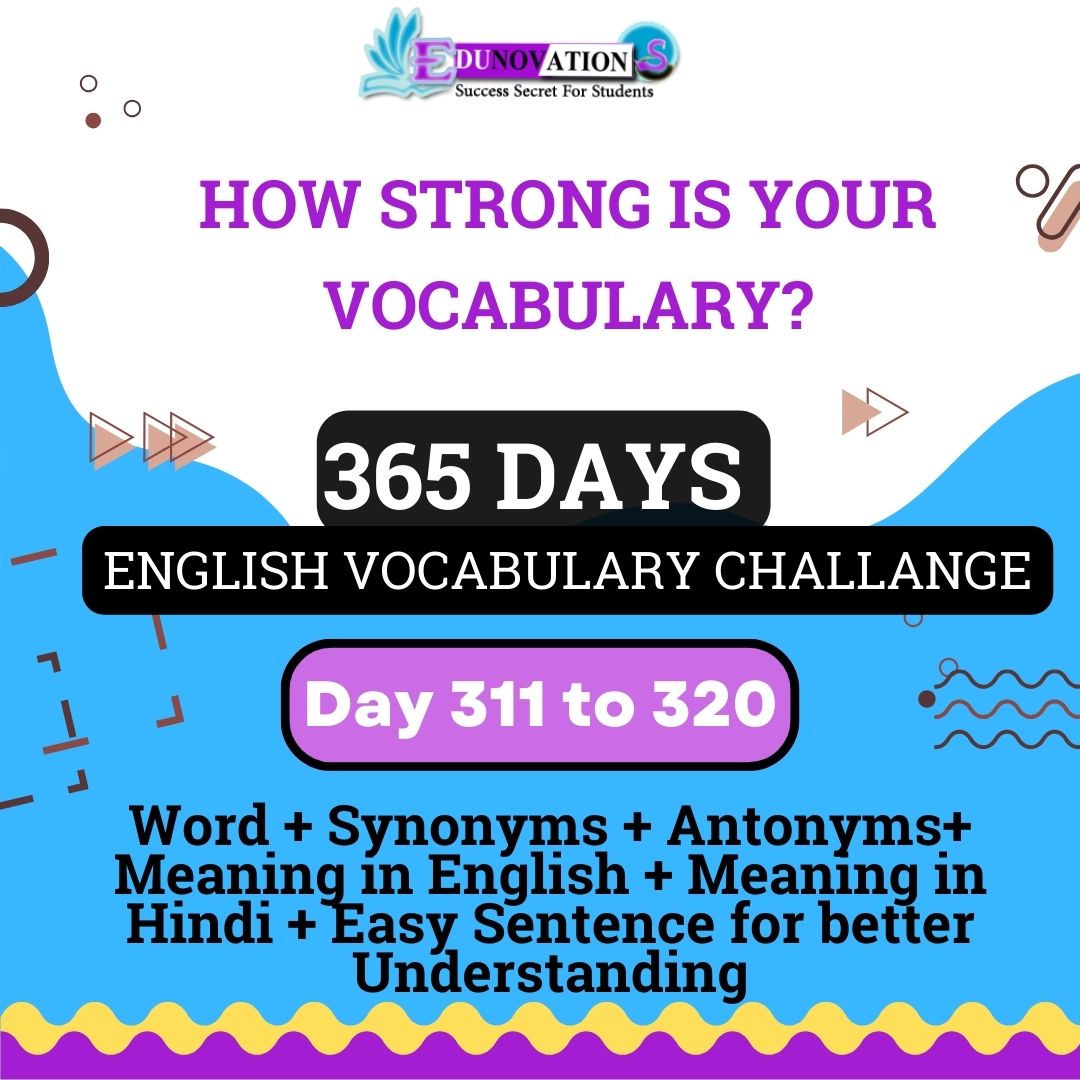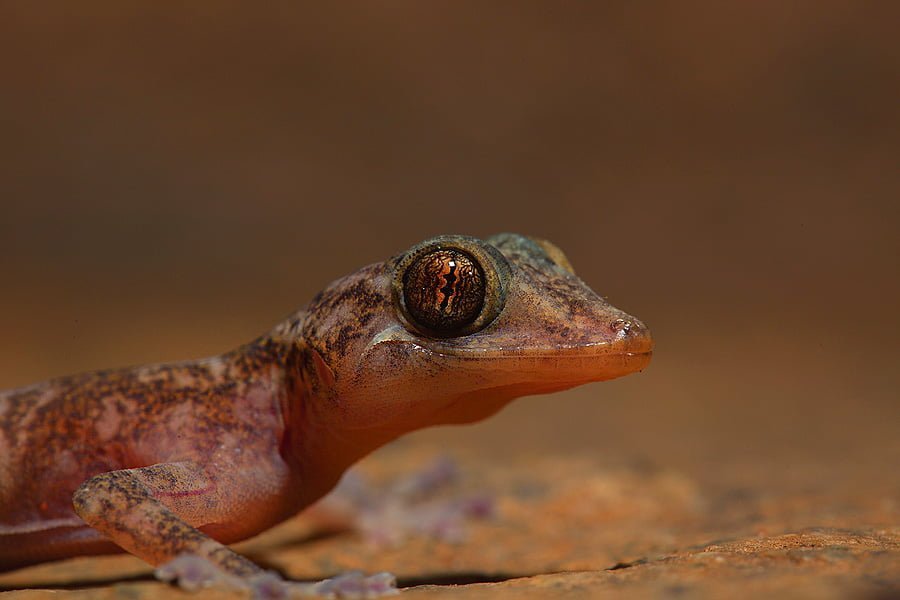Boa constrictor Facts, FAQs, Behaviour, Habitat and Conservation

Boa constrictor Facts | Description | Distribution and Habitat | Conservation | Behaviour and Ecology | Interaction with Human | Cultural | Interesting facts | frequently asked questions about Boa constrictor
The Boa constrictor is a magnificent and powerful reptile that has captured the imagination of animal lovers and enthusiasts for decades. With its stunning patterned scales, impressive size, and constricting ability, the Boa constrictor is a fascinating creature that inspires both fear and admiration. In this article, we’ll delve into the world of this amazing serpent and explore its behavior, habitat, and unique features that make it one of the most captivating creatures in the animal kingdom. So grab your safari hat and get ready to learn about the incredible Boa constrictor!
Taxonomy of Boa constrictor
| Kingdom | Animalia |
|---|---|
| Phylum | Chordata |
| Class | Reptilia |
| Order | Squamata |
| Family | Boidae |
| Genus | Boa |
| Species | Boa constrictor |
Morphology of Boa constrictor
| Body Part | Description |
|---|---|
| Head | Triangular shape, covered in small, smooth scales |
| Eyes | Medium-sized, with elliptical pupils |
| Nostrils | Located on the upper part of the snout |
| Mouth | Can open wide to swallow prey whole |
| Teeth | Curved and pointed, used for grasping prey |
| Body | Cylindrical, covered in overlapping scales |
| Scales | Vary in color and pattern depending on subspecies |
| Tail | Tapered, with a small, pointed tip |
| Length | Can grow up to 13 feet (4 meters) in length |
| Weight | Can weigh up to 60 kg (132 lbs) |

Description of Boa constrictor
The Boa constrictor is a large, non-venomous snake found primarily in Central and South America. It is a member of the family Boidae, which also includes pythons and anacondas. The Boa constrictor is known for its impressive size, muscular build, and striking appearance.
The head of the Boa constrictor is triangular and covered in small, smooth scales. It has medium-sized eyes with elliptical pupils and nostrils located on the upper part of the snout. The mouth of the Boa constrictor can open wide to swallow prey whole, and its teeth are curved and pointed, used for grasping prey.
The body of the Boa constrictor is cylindrical and covered in overlapping scales. These scales can vary in color and pattern depending on the subspecies, but they typically feature a combination of brown, black, and cream colors. The tail of the Boa constrictor is tapered, with a small, pointed tip.
Boa constrictors are known for their impressive size and strength. They can grow up to 13 feet (4 meters) in length and can weigh up to 60 kg (132 lbs). They are muscular and powerful, allowing them to constrict their prey and suffocate it before swallowing it whole.
Boa constrictors are carnivorous and primarily eat small mammals, birds, and reptiles. They are ambush predators, waiting in hiding for their prey to come close before striking.
In addition to their impressive physical characteristics, Boa constrictors are also known for their importance in the pet trade. They are popular as exotic pets, but it is important to note that they require specialized care and can be dangerous if not handled properly.
Overall, the Boa constrictor is a fascinating and impressive reptile that has captured the imagination of people around the world. With its striking appearance, impressive size, and unique behaviors, the Boa constrictor is a true marvel of the animal kingdom.
Distribution and habitat of Boa constrictor
The Boa constrictor is a species of large, non-venomous snake found primarily in Central and South America. It has a wide distribution range, occurring in a variety of habitats throughout the region.
Boa constrictors are found in a variety of habitats, including rainforests, grasslands, and savannas. They can also be found near bodies of water, such as rivers and streams. Boa constrictors are adaptable and can survive in a range of different environments, from humid tropical forests to arid deserts.
The exact distribution of the Boa constrictor varies depending on the subspecies. Some subspecies are found in a relatively small geographic range, while others are more widespread.
The most common subspecies of Boa constrictor is the “red-tailed boa,” which is found throughout Central and South America, including parts of Mexico, Brazil, and Argentina. Other subspecies of Boa constrictor include the “common boa,” which is found in northern South America, and the “Peruvian boa,” which is found in Peru and Ecuador.
While the Boa constrictor is generally considered a tropical species, it can also be found in cooler environments at higher elevations. In some parts of its range, the Boa constrictor is even found in temperate forests.
Overall, the Boa constrictor is a highly adaptable species that can survive in a range of different habitats. Its wide distribution range and ability to survive in a variety of environments make it one of the most successful and widespread species of snake in the world.
Behaviour and Ecology of Boa constrictor
The Boa constrictor is a fascinating species of snake with unique behaviors and ecology. Here are some notes on their behavior and ecology:
Behavior:
- Boa constrictors are primarily nocturnal, meaning they are most active at night.
- They are ambush predators, waiting in hiding for their prey to come close before striking.
- When hunting, Boa constrictors use a technique called constriction, where they wrap their body around their prey and squeeze tightly, suffocating it before swallowing it whole.
- Boa constrictors are known to be excellent swimmers and can move quickly both on land and in water.
- When threatened, Boa constrictors will often hiss loudly and strike out with their teeth, although they are not aggressive towards humans unless provoked.
Ecology:
- Boa constrictors are found in a variety of habitats throughout Central and South America, including rainforests, grasslands, and savannas.
- They are carnivorous and primarily eat small mammals, birds, and reptiles.
- Boa constrictors play an important role in their ecosystems as top predators, helping to control populations of their prey species.
- Boa constrictors are also important in the pet trade, although it is important to note that they require specialized care and can be dangerous if not handled properly.
- Some subspecies of Boa constrictor are threatened by habitat loss and poaching for the pet trade, highlighting the importance of conservation efforts to protect this iconic species.
Overall, the Boa constrictor is a unique and fascinating species with interesting behaviors and ecology. Their role as top predators and adaptability to a range of habitats make them an important part of the ecosystems in which they live.
Conservation of Boa constrictor
The Boa constrictor is a species that faces a number of conservation challenges, including habitat loss and poaching for the pet trade. Here are some notes on the conservation efforts aimed at protecting this species:
Conservation efforts:
- Boa constrictors are protected under CITES (the Convention on International Trade in Endangered Species), which regulates the international trade of threatened and endangered species.
- Some countries have implemented their own protections for Boa constrictors, including bans on export and strict regulations on the pet trade.
- Conservation organizations, such as the International Union for Conservation of Nature (IUCN), work to monitor the status of Boa constrictor populations and implement conservation measures as needed.
- Habitat conservation efforts, such as protecting forests and other important habitats for Boa constrictors, are also important for their conservation.
- Education and outreach programs aimed at reducing demand for Boa constrictors in the pet trade can help to reduce poaching pressures.
Challenges:
- Despite these conservation efforts, some subspecies of Boa constrictor continue to face threats and population declines.
- Habitat loss and fragmentation due to agriculture, logging, and urbanization are major threats to Boa constrictor populations in some areas.
- Poaching for the pet trade remains a significant threat, particularly in areas where regulations are weakly enforced.
- The conservation status of some subspecies of Boa constrictor is still poorly understood, highlighting the need for further research and monitoring efforts.
Overall, conservation efforts aimed at protecting the Boa constrictor are ongoing, but there are still significant challenges that must be addressed to ensure the long-term survival of this iconic species. By working to reduce habitat loss and poaching pressures, and implementing effective conservation measures, we can help to protect the Boa constrictor and ensure that it continues to play an important role in the ecosystems in which it lives.
Interaction with Human of Boa constrictor
he Boa constrictor is a species that has a complex interaction with humans. Here are some notes on their interaction with humans:
Positive interactions:
- Boa constrictors play an important role in their ecosystems as top predators, helping to control populations of their prey species.
- Boa constrictors are sometimes kept as pets and can be a source of fascination and enjoyment for their owners.
- Boa constrictors have also been used in traditional medicine by some indigenous communities.
Negative interactions:
- Boa constrictors have been known to attack humans when provoked or cornered, and can cause serious injury or death with their powerful constriction technique.
- The pet trade for Boa constrictors can contribute to overharvesting of wild populations, which can have negative impacts on the species’ survival.
- Habitat loss due to human activities, such as deforestation and urbanization, can negatively impact Boa constrictor populations.
Overall, the interaction between Boa constrictors and humans is complex, with both positive and negative aspects. While they play an important role in their ecosystems and can be enjoyed as pets, it is important to recognize and minimize the negative impacts that human activities can have on this species. By implementing effective conservation measures and responsible pet ownership practices, we can help to ensure the continued survival of the Boa constrictor while minimizing negative impacts on human communities.
Cultural and Historical Significance of Boa constrictor
The Boa constrictor is a species that has played an important role in the cultures and histories of many regions where it is found. Here are some notes on the cultural and historical significance of this species:
Cultural significance:
- Boa constrictors have been revered and feared by indigenous peoples in many regions where they are found, and have been incorporated into many mythologies and belief systems.
- In some cultures, Boa constrictors are seen as symbols of fertility, wisdom, or strength.
- The skin of Boa constrictors has been used for centuries to make clothing, jewelry, and other decorative items in many cultures.
Historical significance:
- Boa constrictors were historically hunted for their skin, which was used for clothing and other items.
- During the colonization of the Americas, Boa constrictors were frequently encountered and recorded by explorers and naturalists, contributing to our understanding of the natural world.
- Boa constrictors have also been studied extensively by scientists, contributing to our understanding of biology and ecology.
Overall, the Boa constrictor has had a significant impact on human cultures and histories in many regions where it is found. While human activities have sometimes had negative impacts on the species’ survival, it remains an important and fascinating species with a rich cultural and historical significance.
Explanatory Notes for Boa constrictor
Here are some explanatory notes for the Boa constrictor:
- The Boa constrictor is a large non-venomous snake species that is found in Central and South America.
- They are a member of the Boidae family, which also includes other large constrictor snakes like anacondas and pythons.
- There are currently nine recognized subspecies of Boa constrictor, which vary in size, coloration, and habitat preferences.
- Boa constrictors are ambush predators, using their powerful constriction technique to suffocate and kill their prey.
- Their diet includes a wide range of mammals and birds, including rodents, bats, and even small primates.
- Boa constrictors can grow to be quite large, with some individuals reaching lengths of over 10 feet and weights of over 100 pounds.
- They are generally solitary animals, although males may occasionally come together to compete for access to females during the breeding season.
- Boa constrictors are ovoviviparous, meaning that their young develop inside eggs that are retained within the female’s body until they are ready to hatch.
- The Boa constrictor is an important species in many ecosystems, helping to control populations of their prey species and serving as a top predator.
- However, habitat loss and poaching for the pet trade are significant threats to the survival of this species.
- Conservation efforts, such as habitat conservation and regulation of the pet trade, are necessary to ensure the long-term survival of the Boa constrictor.
Interesting facts about Boa constrictor
Here are 10 interesting facts about the Boa constrictor:
- Boa constrictors are excellent climbers and can climb trees to hunt prey or escape predators.
- They have heat-sensing pits on their faces that allow them to locate prey in the dark.
- Boa constrictors are capable of eating prey that is larger than their own heads, thanks to their highly flexible jaws and stretchy skin.
- They are one of the few species of snakes that give birth to live young, rather than laying eggs.
- Boa constrictors are capable of changing coloration to match their surroundings, which helps them blend in and avoid predators.
- They are known for their powerful constriction technique, which involves wrapping their bodies tightly around prey and squeezing until it suffocates.
- Boa constrictors have a lifespan of up to 25 years in the wild, and can live even longer in captivity.
- They are generally solitary animals, but have been observed sharing dens with other individuals during the cooler months.
- Boa constrictors are important to indigenous cultures in many regions where they are found, and have been incorporated into many mythologies and belief systems.
- There are several subspecies of Boa constrictor, each with their own unique characteristics and habitat preferences, such as the red-tailed boa and the green anaconda.
General queries or frequently asked questions about Boa constrictor
What is a Boa constrictor?
The Boa constrictor is a large, non-venomous snake species found in Central and South America.
How big can a Boa constrictor get?
Boa constrictors can grow to be quite large, with some individuals reaching lengths of over 10 feet and weights of over 100 pounds.
Are Boa constrictors dangerous to humans?
Boa constrictors are not considered to be a significant threat to humans, as they are non-venomous and generally avoid confrontation. However, they are powerful constrictors and can cause injury if handled improperly.
What do Boa constrictors eat?
Boa constrictors are carnivorous and eat a wide variety of mammals and birds, including rodents, bats, and even small primates.
Are Boa constrictors endangered?
While some subspecies of Boa constrictor are considered to be at risk of extinction, the species as a whole is currently listed as “Least Concern” by the IUCN.
Can Boa constrictors be kept as pets?
Boa constrictors are a popular species for the pet trade, but they require specialized care and can grow to be quite large, so they are not suitable for all owners.
How do Boa constrictors reproduce?
Boa constrictors are ovoviviparous, meaning that their young develop inside eggs that are retained within the female’s body until they are ready to hatch.
Where do Boa constrictors live?
Boa constrictors are found throughout Central and South America, in a wide range of habitats including rainforests, savannas, and semi-arid regions.
What is the lifespan of a Boa constrictor?
Boa constrictors have a lifespan of up to 25 years in the wild, and can live even longer in captivity.
Are there different types of Boa constrictors?
Yes, there are several recognized subspecies of Boa constrictor, each with their own unique characteristics and habitat preferences.
Conclusion
In conclusion, the Boa constrictor is a fascinating species of snake that is known for its size, strength, and impressive hunting abilities. These reptiles have a long and rich cultural history, with many indigenous cultures incorporating them into their mythologies and belief systems. While some subspecies of Boa constrictor are at risk of extinction, the species as a whole is currently listed as “Least Concern” by the IUCN. However, continued efforts towards conservation and responsible pet ownership are crucial to ensuring that these remarkable creatures continue to thrive in the wild and in captivity. Overall, the Boa constrictor is a remarkable animal that continues to captivate and inspire people around the world.












